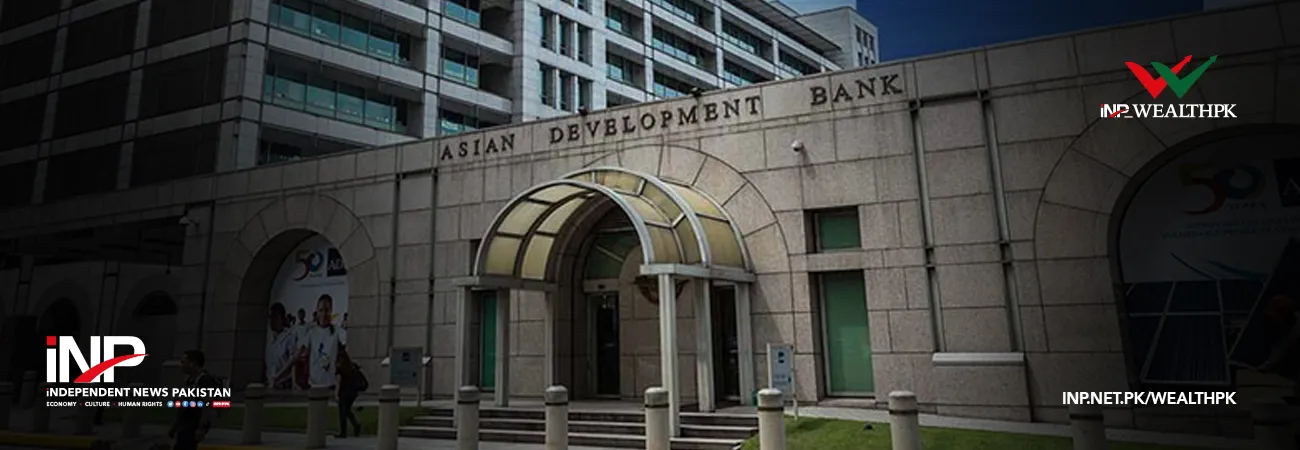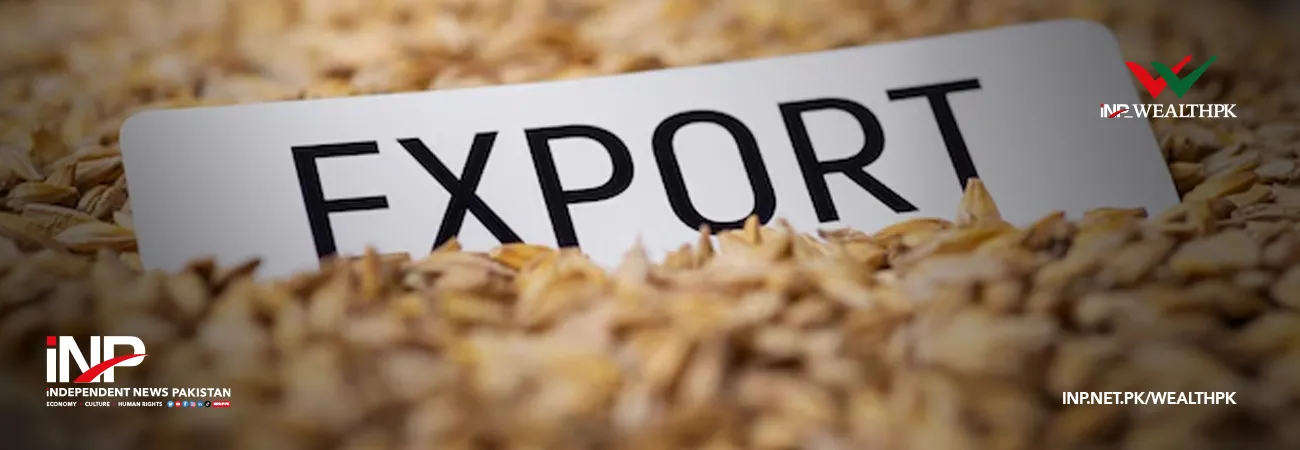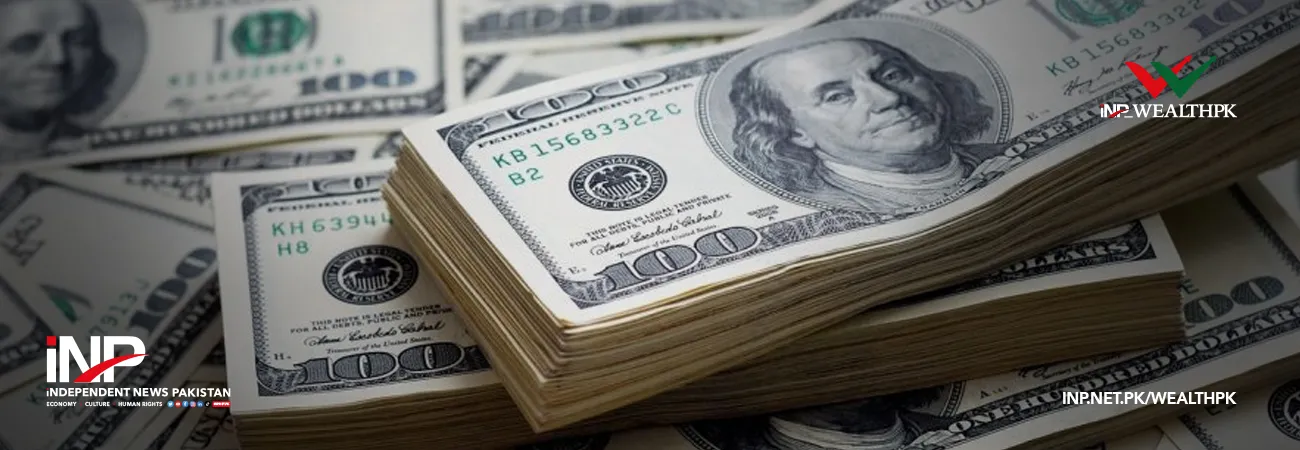INP-WealthPk
By Muskan Naveed
ISLAMABAD, Dec 24 (INP-WealthPK): Twin deficit – a simultaneous fiscal and current deficit – has been regarded as one of the major roadblocks to Pakistan’s economic growth. The fiscal performance shows a decline in fiscal deficit, which posits favorable things for the economy.
According to the Ministry of Finance, Pakistan’s fiscal deficit has observed a noticeable reduction since last year. In fiscal year 2020, the fiscal deficit accounted for -8.1% of Gross Domestic Product (GDP), however, FY21 recorded a deficit of -7.1% - a decline of 1% of GDP in a year. The fiscal deficit is expected to continue in the incoming years. The government has been proactively pursuing policies to tackle the major economic problems facing the country – including fiscal deficit – which can be seen from the improving macroeconomic indicators.
 Figure 1: Fiscal Indicators (Data Source: Ministry of Finance)
Revenue performance
The country's tax revenue was increased by 19.5% year-on-year, compared with 4.3% in FY20 last year.
Tax collecting authorities on the provincial and federal level both recorded phenomenal increases in tax revenue. The target for provincial budget surplus was set at 0.5% of GDP at the beginning of the year, but the provinces exceeded expectations and recorded a surplus of 0.7%. The increase in provincial tax revenue was attributed to the increase in the general sales tax (GST) collection of services and the increase in hydropower profits.
The Federal Bureau of Revenue (FBR) exceeded the revised target of Rs 41.0 billion for tax revenue. The agency has increased its efforts to streamline audit procedures, curb smuggling and reduce informality in the economy.
Figure 1: Fiscal Indicators (Data Source: Ministry of Finance)
Revenue performance
The country's tax revenue was increased by 19.5% year-on-year, compared with 4.3% in FY20 last year.
Tax collecting authorities on the provincial and federal level both recorded phenomenal increases in tax revenue. The target for provincial budget surplus was set at 0.5% of GDP at the beginning of the year, but the provinces exceeded expectations and recorded a surplus of 0.7%. The increase in provincial tax revenue was attributed to the increase in the general sales tax (GST) collection of services and the increase in hydropower profits.
The Federal Bureau of Revenue (FBR) exceeded the revised target of Rs 41.0 billion for tax revenue. The agency has increased its efforts to streamline audit procedures, curb smuggling and reduce informality in the economy.
 Figure 2: Growth in FBR taxes (Data Source: Ministry of Finance)
The increase in FBR taxes originated from indirect taxes during FY21, with sales tax on imports being a major contributor. The surging imports of Pakistan coupled with rising global commodity prices resulted in the growth of FBR tax collection. Moreover, locally high prices of commodities like sugar and electricity have further boosted tax revenue. The low-base effect was also regarded to play a role in the increasing percentage figures of the tax authority. Finally, the rebound in economic activity has contributed significantly as consumption began to resume to pre-pandemic levels.
However, the increase in tax revenue was accompanied by a decrease in non-tax revenue – primarily due to the decline in the profits of the State Bank and Pakistan Telecommunications Authority. Provincial non-tax revenues grew 46.8% year-on-year and contracted by 15.8% at the federal level – a total decline of 12.4%
Expenditure performance
The total expenditures of the country stood at Rs 10,306.6 billion with a year-on-year growth of 6.8%. The federal expenditures was increased by 4.7% in FY21 compared with 21.8% in FY20. The increase in expenditure was primarily caused by higher domestic markup payments, defense and subsidies. Development spending recorded a year-on-year growth of 9.3% after a consistent decline in the past three years. The government was able to create fiscal space for increased social safety nets due to the recession of the global pandemic. An Economic Stimulus Package along with targeted support to specific economic sectors was announced to offset the negative economic impacts of the Covid pandemic.
The provincial current expenditures also recorded an increase of 11.9% during FY21, compared with 8.1% last year. General public services, including transfers to local government, legislative, economic and fiscal affairs, have mainly contributed to the uptick in provincial spending.
Figure 2: Growth in FBR taxes (Data Source: Ministry of Finance)
The increase in FBR taxes originated from indirect taxes during FY21, with sales tax on imports being a major contributor. The surging imports of Pakistan coupled with rising global commodity prices resulted in the growth of FBR tax collection. Moreover, locally high prices of commodities like sugar and electricity have further boosted tax revenue. The low-base effect was also regarded to play a role in the increasing percentage figures of the tax authority. Finally, the rebound in economic activity has contributed significantly as consumption began to resume to pre-pandemic levels.
However, the increase in tax revenue was accompanied by a decrease in non-tax revenue – primarily due to the decline in the profits of the State Bank and Pakistan Telecommunications Authority. Provincial non-tax revenues grew 46.8% year-on-year and contracted by 15.8% at the federal level – a total decline of 12.4%
Expenditure performance
The total expenditures of the country stood at Rs 10,306.6 billion with a year-on-year growth of 6.8%. The federal expenditures was increased by 4.7% in FY21 compared with 21.8% in FY20. The increase in expenditure was primarily caused by higher domestic markup payments, defense and subsidies. Development spending recorded a year-on-year growth of 9.3% after a consistent decline in the past three years. The government was able to create fiscal space for increased social safety nets due to the recession of the global pandemic. An Economic Stimulus Package along with targeted support to specific economic sectors was announced to offset the negative economic impacts of the Covid pandemic.
The provincial current expenditures also recorded an increase of 11.9% during FY21, compared with 8.1% last year. General public services, including transfers to local government, legislative, economic and fiscal affairs, have mainly contributed to the uptick in provincial spending.













